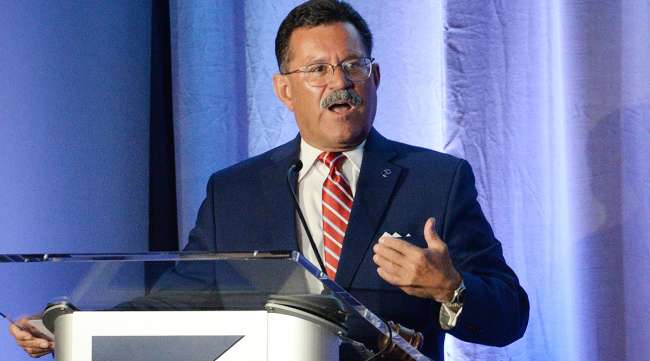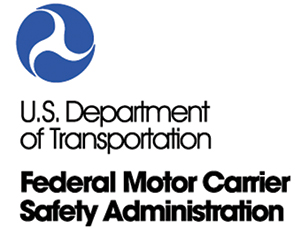Staff Reporter
HOS Updates Expected Soon, but Could Be Long Road, Experts Say

The regulatory journey of federal hours-of-service rules is approaching an important turning point as June 7, the scheduled release date for the Department of Transportation’s proposal on policy changes, draws nearer. However, regulatory experts suggest that the long and winding road to HOS reform may stretch on, especially if proposed rule changes are confronted with court challenges from various corners of the transportation industry.
At this juncture, even the planned release date is not set in stone; while DOT’s Significant Rulemaking Report for April indicated that the agency plans to publish the Notice of Proposed Rulemaking for the changes on June 7, the report only lists this as the “originally scheduled date.” Actual publication hinges on the Office of Management and Budget’s review process, which could stretch past June 7. That, in turn, could push the period for public comment on the NPRM, which is currently slated to end July 26.

Regardless of the timing, there is optimism that the proposed changes will bode well for trucking.
“I do think that the Notice of Proposed Rulemaking will probably be more friendly to the industry than not,” Timothy Wiseman, a partner at the law firm Scopelitis, Garvin, Light, Hanson & Feary, P.C. who specializes in regulatory compliance, told Transport Topics.
DOT submitted the NPRM to the White House for review March 29 after Federal Motor Carrier Safety Administration officials spent months combing through thousands of comments and gathering input on potential rule changes. While the industry waits to see its contents, the Advance Notice of Proposed Rulemaking DOT published Aug. 23 offers clues. That document included proposed changes to the shorthaul HOS limit, the HOS exception for adverse driving conditions, the 30-minute rest-break provision and the split sleeper berth rule to allow drivers to divide their required rest time in the sleeper berth.

Wiseman
The ANPRM garnered more than 5,200 responses by the time the comment period closed Oct. 10. FMCSA also hosted five listening sessions nationwide to gather industry feedback.
One of the four questions listed in DOT’s ANPRM prompted industry representatives for information that would support reinstating the option for splitting up the required 10-hour off-duty rest break for drivers operating trucks with sleeper berth compartments. Many respondents were in favor of allowing drivers to divide their rest time into smaller increments.
David Osiecki, president of Scopelitis Transportation Consulting, predicts that any proposed change to the split sleeper berth provision will rankle public safety groups who claim that a person needs at least eight hours of restorative rest. Sleep studies run the gamut of defending both long, restorative rest and short sleep breaks, and a recent analysis from the American Transportation Research Institute suggests that certain “innovative HOS concepts” could help drivers avoid congestion by taking strategic periods of rest.

Osiecki
Wiseman also pointed out that proposed changes could get hamstrung by lawsuits from opponents. FMCSA’s recent determination that state meal-and-rest-break provisions are pre-empted by federal law has already been challenged and upheld in California court.
“The fear I have is that whatever they propose that’s industry-friendly for the transportation community will get tied up in litigation in federal court,” Wiseman said.
Osiecki, who previously served as executive vice president and chief of national advocacy at American Trucking Associations, said that FMCSA’s willingness to hear from members of the trucking industry reflects the administration’s goal to streamline regulatory burdens. FMCSA Chief Ray Martinez, who was confirmed to his post in February 2018, has appeared at many industry events, including ATA’s Management Conference & Exhibition and the National Truck Driving Championships.
“Administrator Martinez is on the team,” Osiecki said. “He understands the administration’s philosophy on trying to reduce burdens on industry and if this is an area of rules that can be made more flexible without compromising safety, I think that’s one of the approaches this administration wants to take.”

